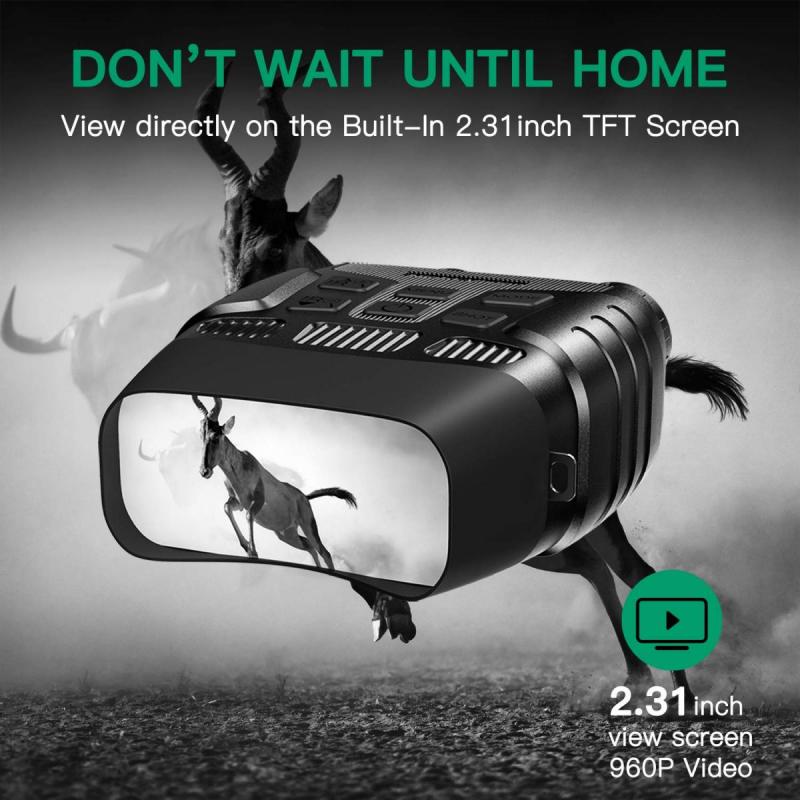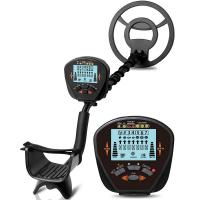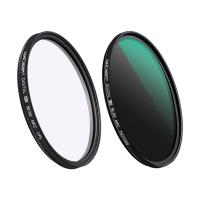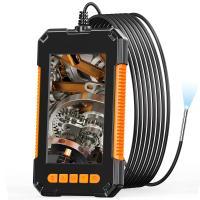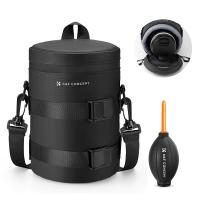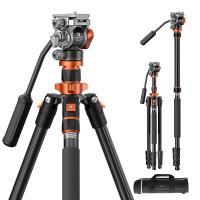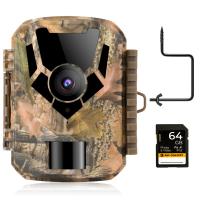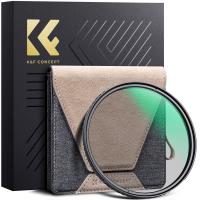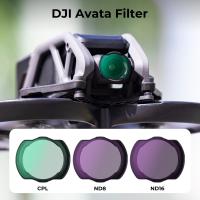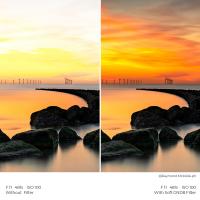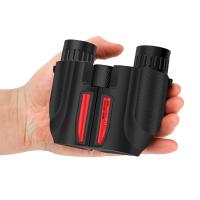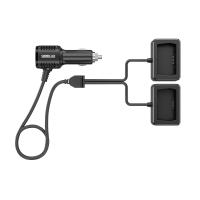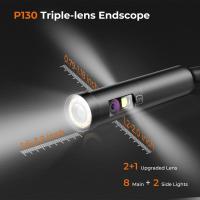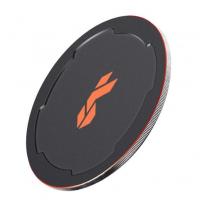What Is The Best Zoom For Binoculars ?
The best zoom for binoculars depends on the intended use and personal preference. Generally, binoculars with a zoom range of 8x to 10x are suitable for most outdoor activities such as bird watching, hiking, and hunting. Binoculars with a higher zoom range, such as 12x or 16x, are better for long-distance viewing but may require a tripod for stability. It is important to note that higher zoom ranges may also result in a narrower field of view and reduced image brightness. Ultimately, the best zoom for binoculars is one that meets the specific needs and preferences of the user.
1、 Magnification power
The best zoom for binoculars depends on the intended use and personal preference. Magnification power is a crucial factor to consider when choosing binoculars. The most common magnification power for binoculars is 8x and 10x. These magnifications provide a good balance between image stability and field of view. Higher magnifications, such as 12x or 16x, can provide more detail but may be more difficult to hold steady and have a narrower field of view.
However, the latest point of view suggests that the trend is shifting towards lower magnification binoculars. This is because lower magnification binoculars provide a wider field of view, making it easier to locate and track objects. They also tend to be more comfortable to use for extended periods and are less prone to image shake. For birdwatching and wildlife observation, a magnification of 8x or 10x is still recommended as it provides a good balance between detail and stability.
It is also important to consider the objective lens size when choosing binoculars. A larger objective lens allows more light to enter the binoculars, resulting in a brighter and clearer image. However, larger objective lenses also make the binoculars heavier and bulkier.
In summary, the best zoom for binoculars depends on the intended use and personal preference. Magnification power is an important factor to consider, with 8x and 10x being the most common choices. However, the latest trend suggests that lower magnification binoculars are becoming more popular due to their wider field of view and comfort during extended use.
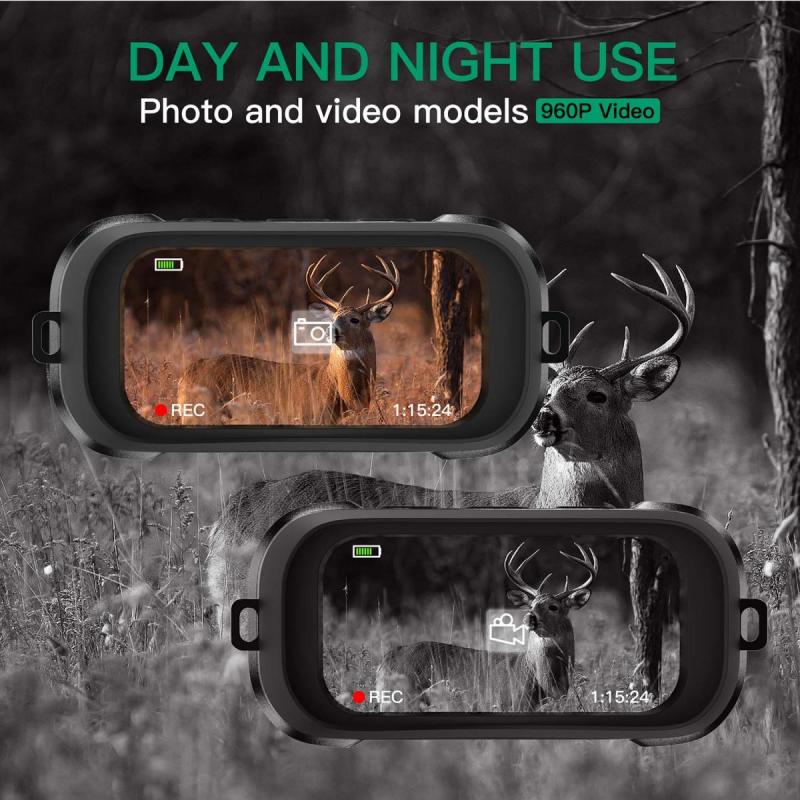
2、 Objective lens diameter
"What is the best zoom for binoculars?" is a common question among those who are looking to purchase a pair of binoculars. However, the answer to this question is not as straightforward as one might think. While zoom is an important factor to consider when choosing binoculars, it is not the only factor that should be taken into account.
One of the most important factors to consider when choosing binoculars is the objective lens diameter. This refers to the size of the front lenses of the binoculars, which determines how much light can enter the binoculars. The larger the objective lens diameter, the brighter and clearer the image will be. Generally, a larger objective lens diameter is better for low-light conditions, such as dawn or dusk.
In terms of zoom, it is important to note that higher magnification does not always mean better image quality. In fact, higher magnification can often lead to a decrease in image quality, as it can make the image appear shaky or blurry. Additionally, higher magnification can make it more difficult to keep the binoculars steady, which can be a problem for those who plan to use them for extended periods of time.
The latest point of view on this topic is that while zoom is important, it should not be the only factor considered when choosing binoculars. Other factors, such as objective lens diameter, field of view, and image quality, should also be taken into account. Ultimately, the best zoom for binoculars will depend on the individual's specific needs and preferences.
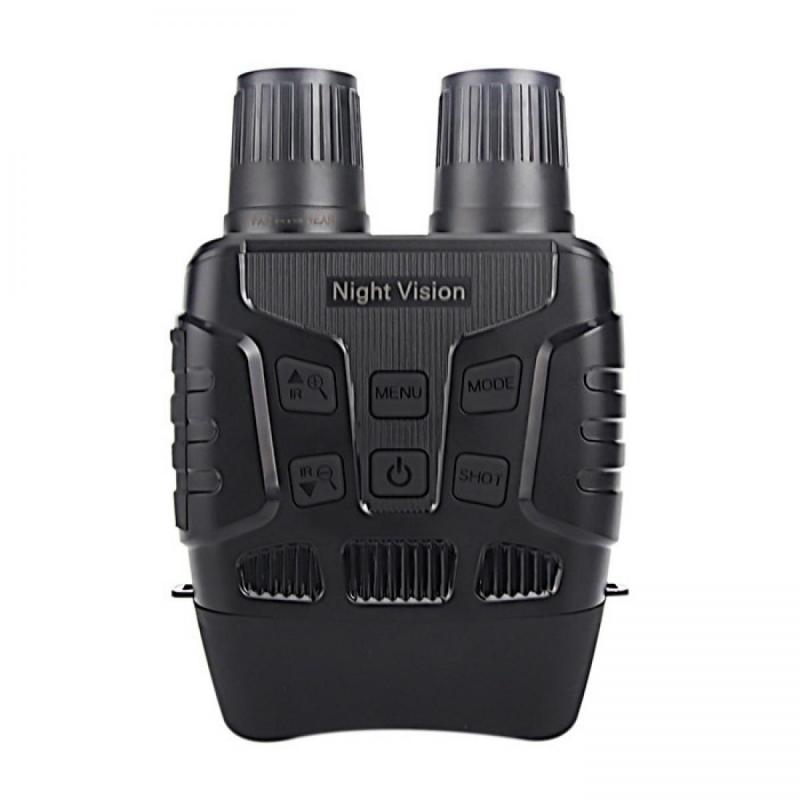
3、 Exit pupil size
"What is the best zoom for binoculars?" is a common question among those who are looking to purchase a pair of binoculars. While zoom is an important factor to consider, it is not the only one. The exit pupil size is also an important consideration.
The exit pupil size refers to the diameter of the beam of light that exits the eyepiece of the binoculars. It is calculated by dividing the diameter of the objective lens by the magnification. For example, if the objective lens is 50mm and the magnification is 10x, the exit pupil size would be 5mm.
The general rule of thumb is that the exit pupil size should be larger than the pupil of the human eye, which is typically around 7mm in diameter. This ensures that the entire image is visible and not just the center. However, as we age, our pupils tend to shrink, so a smaller exit pupil size may be sufficient for older individuals.
In terms of zoom, it is important to note that higher magnification does not necessarily mean better image quality. Higher magnification can lead to a narrower field of view, which can make it more difficult to locate and track objects. Additionally, higher magnification can also lead to shakier images, especially if the binoculars do not have image stabilization technology.
In conclusion, when considering the best zoom for binoculars, it is important to also consider the exit pupil size and the intended use of the binoculars. A larger exit pupil size is generally better, but may not be necessary for older individuals. Higher magnification does not always mean better image quality, so it is important to find a balance between magnification and image stability.
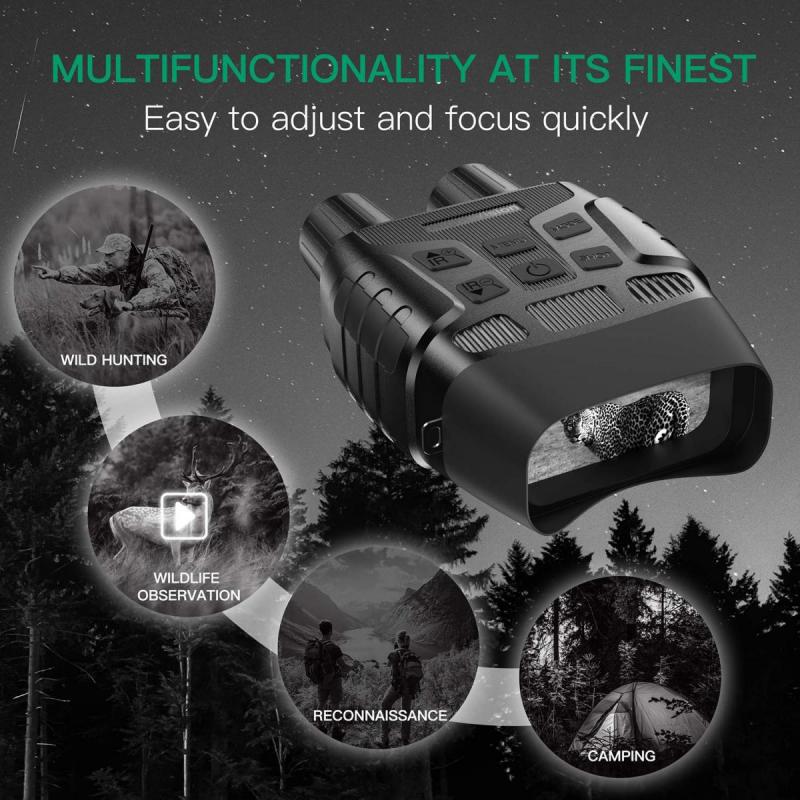
4、 Field of view
The best zoom for binoculars depends on the intended use and personal preference of the user. Generally, a zoom range of 8x to 10x is considered ideal for most outdoor activities such as bird watching, hiking, and hunting. This range provides a good balance between magnification and stability, allowing for a clear and steady image.
However, it is important to note that higher magnification does not always mean better image quality. A higher zoom range can result in a narrower field of view, making it more difficult to locate and track moving objects. Additionally, higher magnification can also make the image appear shakier, especially if the binoculars are not mounted on a tripod.
Another important factor to consider when choosing the best zoom for binoculars is the field of view. A wider field of view allows for a larger area to be observed, making it easier to locate and track moving objects. A narrower field of view, on the other hand, can provide a more detailed image but may require more effort to locate and follow objects.
In recent years, there has been a trend towards larger objective lenses and wider fields of view in binoculars. This has resulted in improved image quality and a more immersive viewing experience. However, these features also come at a higher cost and may not be necessary for all users.
Ultimately, the best zoom for binoculars depends on the individual's needs and preferences. It is important to consider factors such as magnification, stability, field of view, and cost when making a decision.
